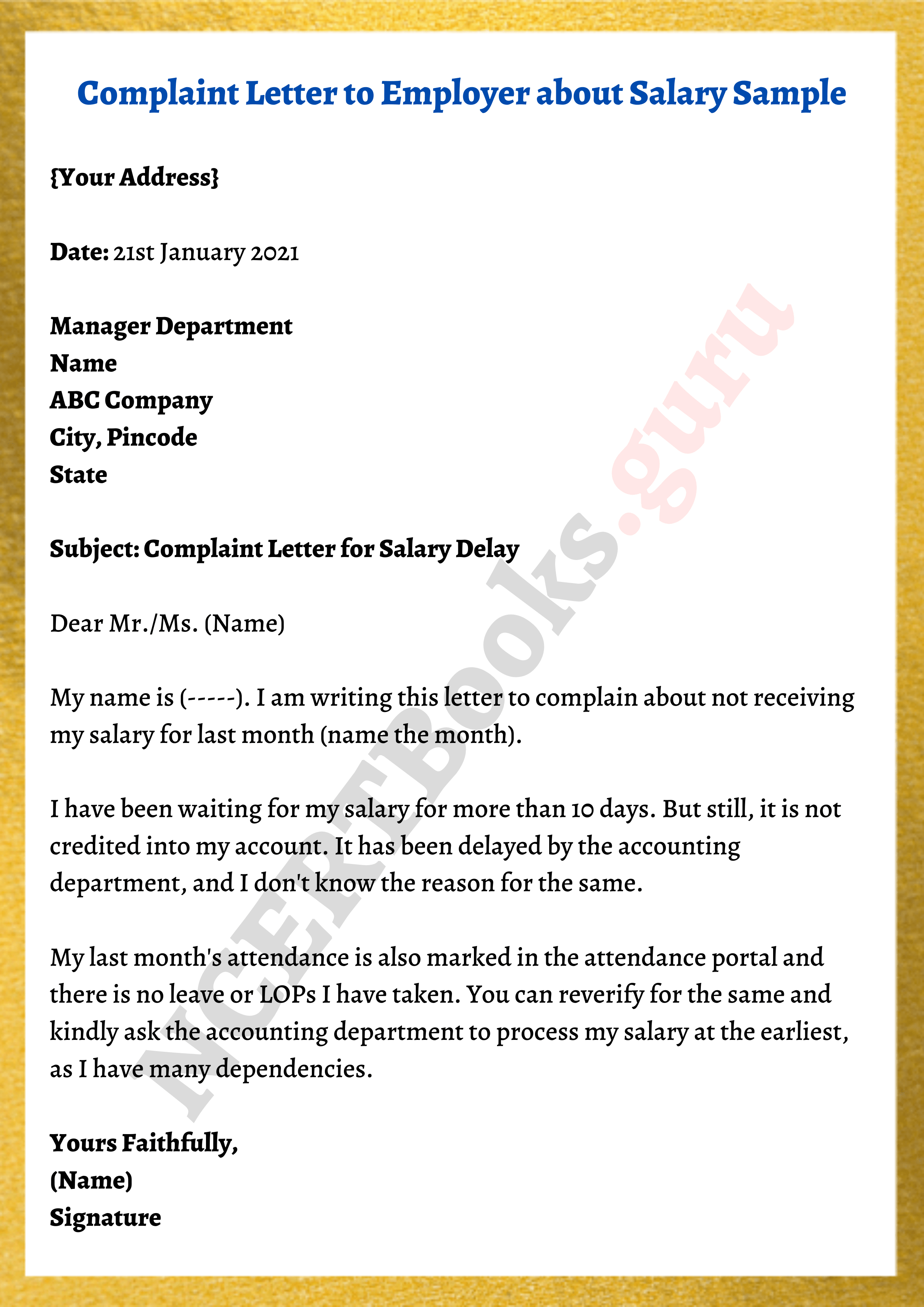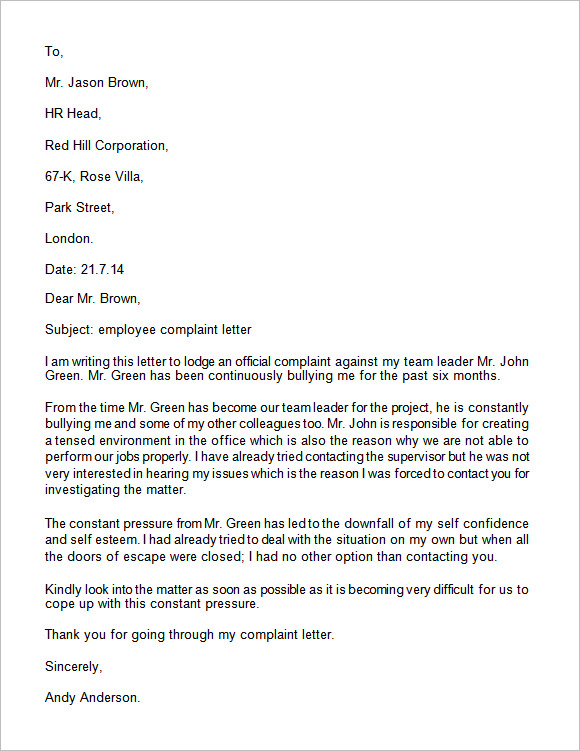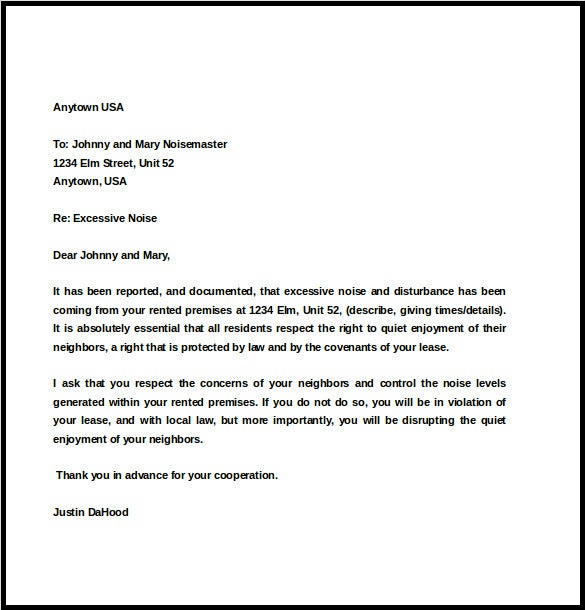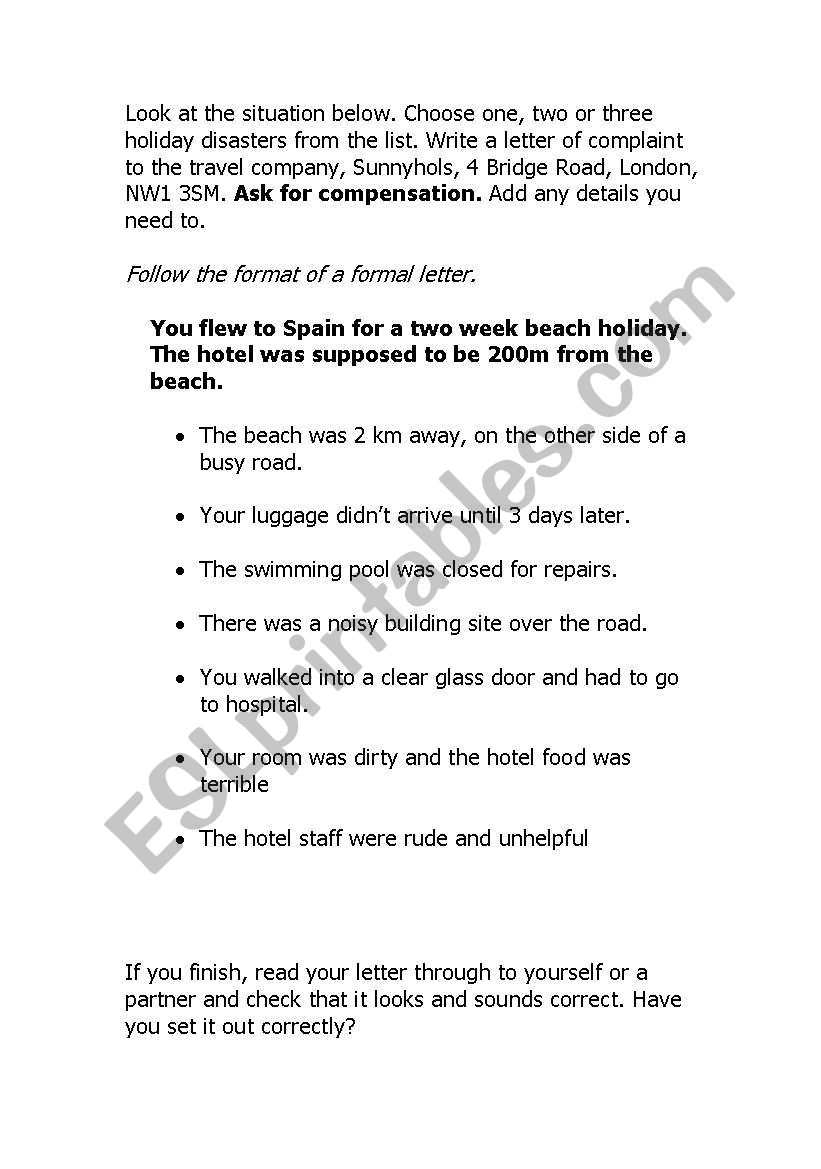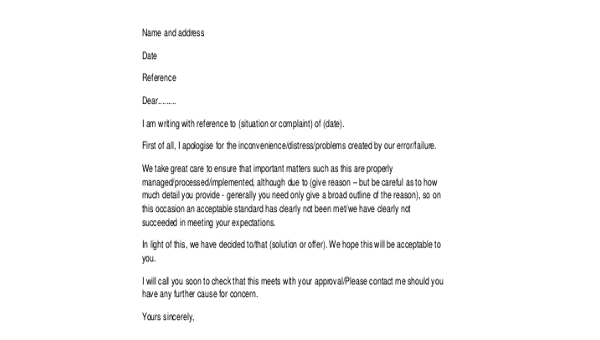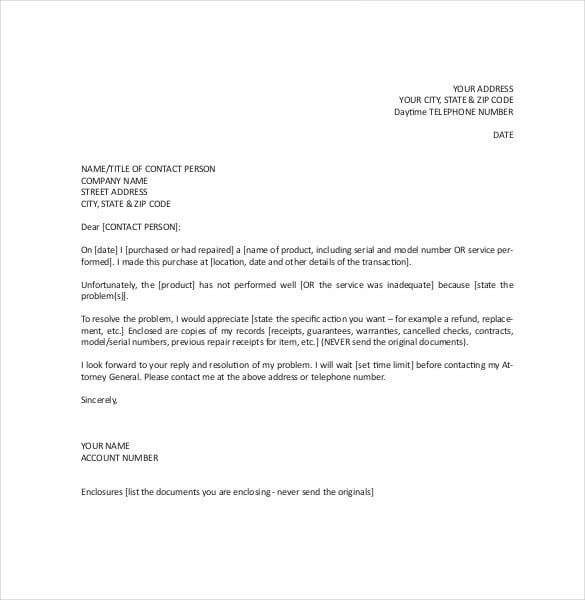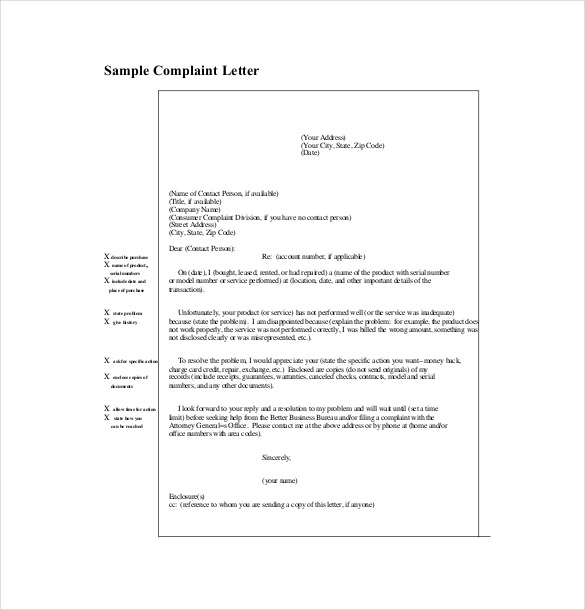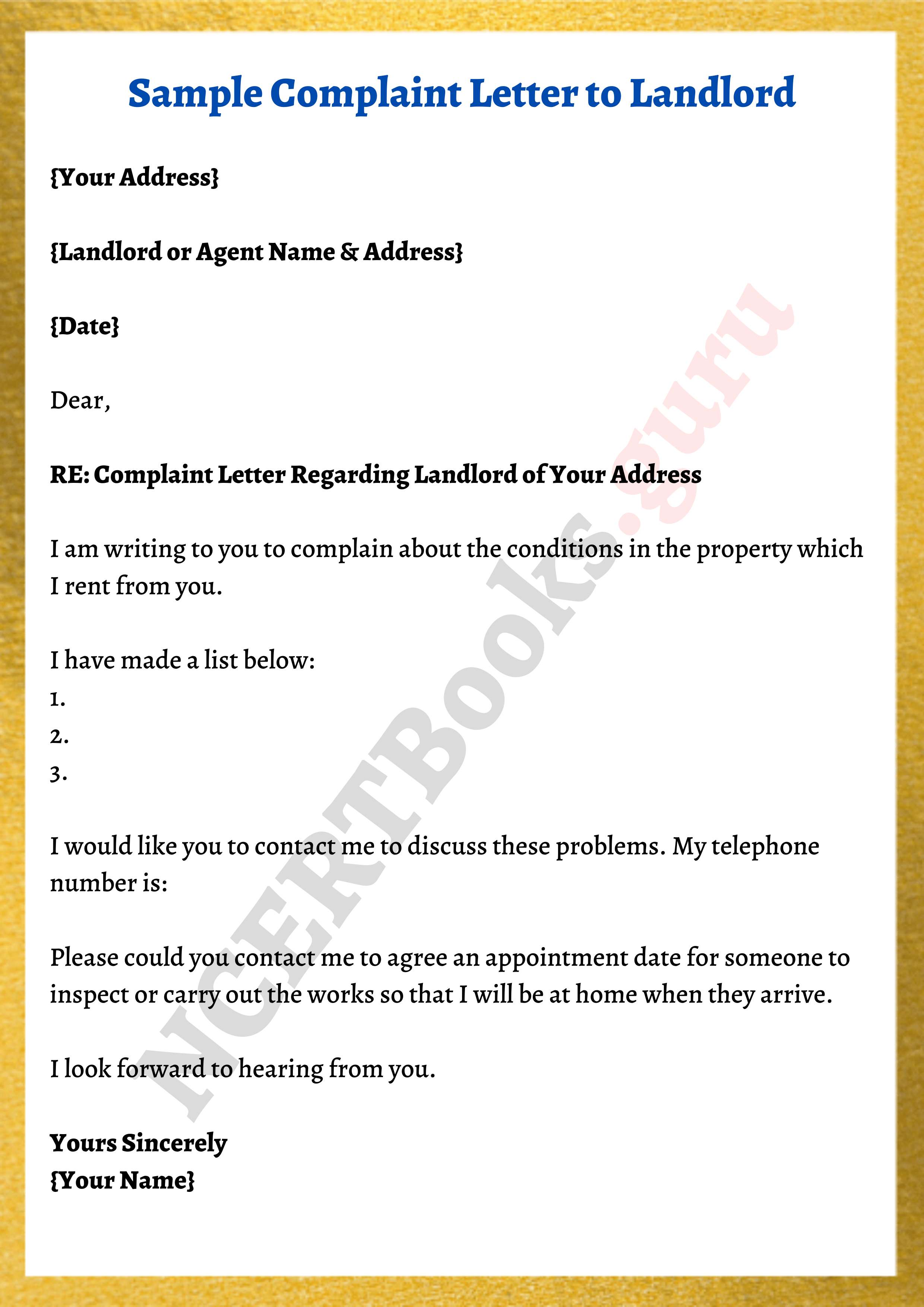A formal complaint letter is a written document that expresses your dissatisfaction with a product or service that you have received. It is important to follow a specific format when writing a formal complaint letter to ensure that your complaint is taken seriously and that you are able to clearly communicate your concerns.
The first step in writing a formal complaint letter is to clearly identify the problem that you are experiencing. This should include a detailed description of the issue, as well as any relevant dates or circumstances that may be relevant to your complaint. You should also provide any supporting documentation or evidence that you have to back up your claim, such as receipts or photographs.
Next, you should state how you would like the issue to be resolved. This could be a request for a refund, a replacement product, or compensation for any damages or inconvenience caused by the problem. It is important to be specific and clear in your request, as this will make it easier for the recipient of your letter to understand your expectations and take appropriate action.
Once you have identified the problem and stated your request for resolution, you should address your letter to the appropriate party. This could be the company that sold you the product or provided the service, or it could be a government agency or consumer protection organization. Be sure to include the full name and address of the recipient, as well as any relevant contact information.
In the opening of your letter, you should introduce yourself and explain the purpose of your letter. This should be done in a polite and professional manner, as your goal is to resolve the issue rather than escalate it. You should also make it clear that you are writing a formal complaint, as this will signal to the recipient that you are serious about your concerns and expect a timely and appropriate response.
Finally, you should close your letter by thanking the recipient for their time and attention, and reiterating your request for resolution. You should also include any additional information or documentation that may be relevant to your complaint, such as copies of receipts or correspondence.
In summary, a formal complaint letter should clearly and concisely outline the problem that you are experiencing, state your request for resolution, and provide any supporting evidence or documentation. It should be addressed to the appropriate party and written in a polite and professional manner, with the goal of resolving the issue in a satisfactory manner.
